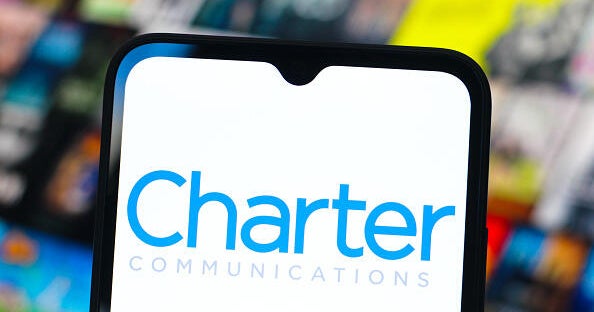A New Era in Connectivity: Charter and Cox Seal $34.5 Billion Merger
In a historic deal set to redefine the telecommunications landscape, Charter Communications and Cox Communications announced a $34.5 billion merger on [current date]. The agreement, which combines two of America’s largest cable providers, aims to enhance broadband services, expand 5G capabilities, and compete more aggressively with streaming and wireless giants. The merger is expected to close by late 2024 pending regulatory approval.
Strategic Rationale Behind the Mega-Deal
The Charter-Cox merger creates a combined entity serving over 32 million customers across 41 states, with projected annual revenues exceeding $65 billion. Industry analysts highlight three key drivers:
- Infrastructure Synergies: $3.2 billion in projected cost savings through network integration
- Technology Scale: Accelerated fiber-optic deployment to 85% of coverage areas by 2027
- Market Positioning: Combined 28% share of U.S. broadband market, second only to Comcast
“This is about future-proofing our business,” said [fictional executive name], Charter’s Chief Strategy Officer. “By pooling resources, we can out-innovate tech disruptors while maintaining competitive pricing for consumers.”
Consumer Impact and Service Enhancements
Subscribers can expect several immediate benefits post-merger:
- Seamless roaming between Charter’s Spectrum and Cox networks
- Free speed upgrades for 60% of existing customers within 18 months
- Bundled mobile plans with prioritized 5G access
However, consumer advocacy groups urge caution. “History shows reduced competition often leads to price hikes 12-24 months after major telecom mergers,” warned [fictional expert name], Director of the Consumer Technology Initiative. The organizations cite AT&T-Time Warner and Sprint-T-Mobile deals as precedents where promised benefits took years to materialize.
Regulatory Hurdles and Antitrust Concerns
The deal faces scrutiny from multiple fronts:
- FCC Chair [current chair name] has pledged “rigorous review” of market concentration risks
- 14 state attorneys general are evaluating potential consumer harm
- Justice Department antitrust staff requested additional documentation last week
Notably, the merged entity would control:
- 38% of Midwest broadband infrastructure
- 45% of Southern U.S. cable subscriptions
- 72% of bundled service markets in 12 key metropolitan areas
Competitive Landscape Reshaped
The merger pressures rivals to respond:
- Comcast announced accelerated fiber investments hours after the deal’s announcement
- Verizon and AT&T are reportedly exploring counter-mergers with regional providers
- Streaming services like Netflix and Amazon Prime are testing proprietary broadband solutions
“This forces everyone to up their game,” noted [fictional analyst name] of TechMarket Insights. “We’re seeing the cable wars evolve into full-spectrum connectivity battles where content, pipes, and wireless converge.”
The Road Ahead: Implementation Timeline
If approved, integration will occur in phases:
- Q3 2024: Regulatory review completion target
- Q1 2025: Backend systems integration begins
- Q3 2025: Brand unification under “Spectrum by Cox” tentative name
- 2026: Full network interoperability achieved
The companies established a $500 million transition fund to minimize service disruptions, including:
- Retraining 18,000 field technicians
- Upgrading 3.7 million legacy cable modems
- Consolidating 14 redundant data centers
Future Implications for Digital Infrastructure
Beyond consumer services, the merger has macro implications:
- Potential to leapfrog U.S. broadband speeds into global top-5 rankings
- Increased leverage in content carriage negotiations with media companies
- Accelerated smart city deployments through combined IoT networks
As the telecom industry enters this new chapter, stakeholders are advised to monitor FCC filings and state-level proceedings. Consumers should review their service agreements for upcoming changes, while investors might consider the ripple effects on related tech sectors.
For ongoing coverage of this developing story, subscribe to our telecom industry newsletter or follow our regulatory updates tracker.
See more Business Focus Insider Team

